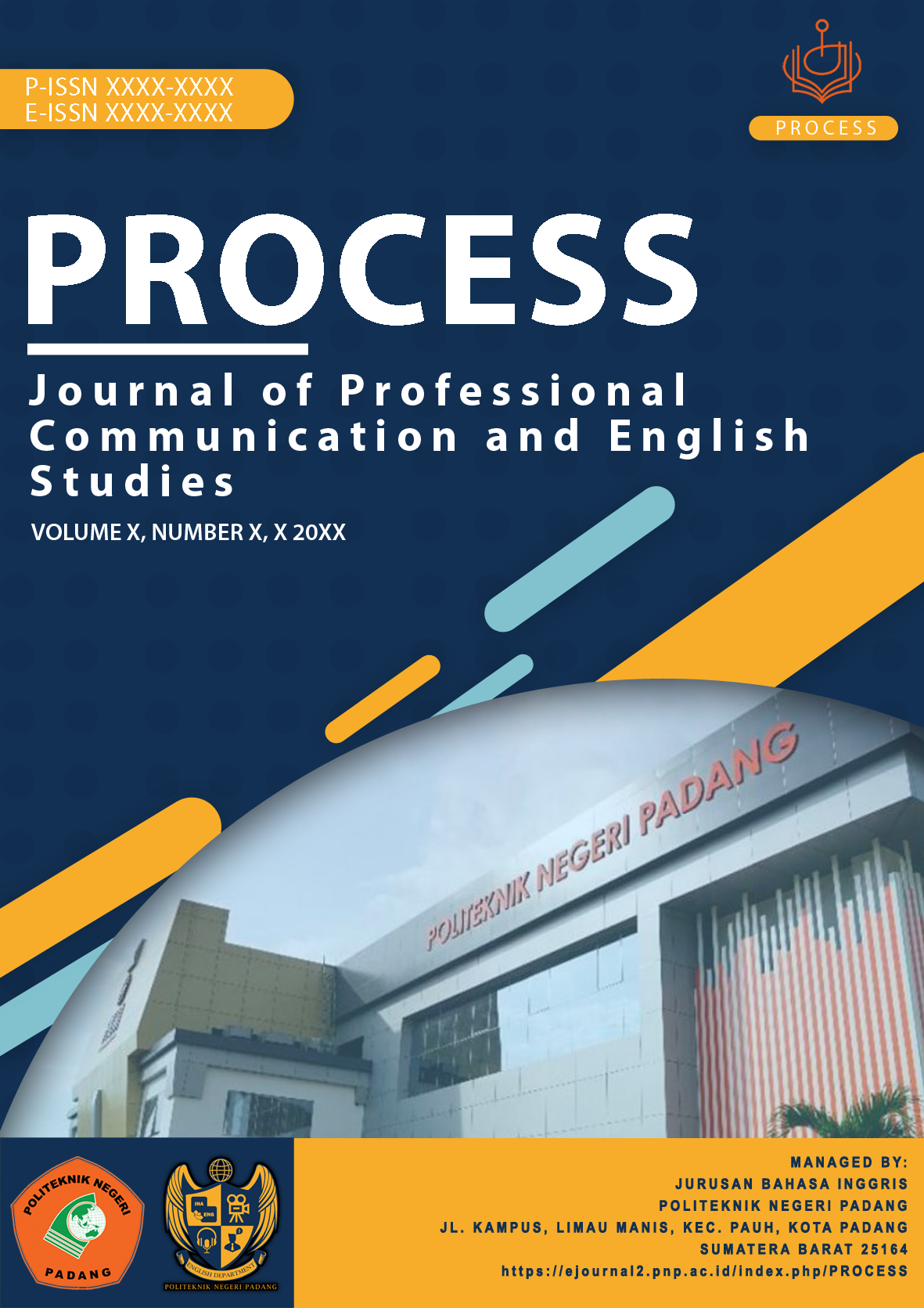Churchscapes: A Multimodal Discourse Analysis of Signage in Selected Catholic Churches in Rinconada
Abstract
This study analyzed the different signage in selected churches of Rinconada using the Theory of Public Signage by Bernard Spolsky. Its purpose is to explore the language choices, functional aspects, and communicative effectiveness of the public signage found within these religious institutions. Through rigorous review of related literature, it was found that there is a limited study of churchscapes in the local context which is the gap that this research aims to address. A mixed-methods approach was employed, combining both qualitative and quantitative data to be collected and analyzed. The results indicated a significant amount of Informative signage in every selected church in Rinconada. This reflects the rules, expected behavior of parishioners, and a reminder of the sanctity of the religious spaces. Furthermore, thematic analysis of the gathered data revealed that church sign-makers in Rinconada often use the English language and Rinconada dialect variants as the language medium of their signage. The findings suggest that using English, Tagalog, and Rinconada language in the public signage that were identified helped parishioners to comply with the rules and regulations in the church’s premises. The study’s results have implications for the comprehension of public signage in religious establishments.
References
Bebis, M. K., & Fajardo, D. F. (2024). Decoding Filipino representations in Project Nightfall’s videos: A critical discourse analysis. SIGEH, 4(1). 177-194.
Brown, C., Holland, A., Delarosa, J., Doude, M., Reimann, W., Rath, T., & Piroli, A. (2020). Comprehension and selective visual attention in play-calling signage in NCAA Division 1 football: A comprehensive literature review. International Journal of Kinesiology and Sports Science, 8(3), 1–13.
Esteron, J. J. (2021). English in the churchscape: Exploring a religious linguistic landscape in the Philippines. Discourse and Interaction, 14(2), 82–104. https://doi.org/10.5817/di2021-2-82
Hassan, M. (2024). Observational research—Methods and guide. Research Method. https://researchmethod.net/observational-research/
Hronček, P., Gregorová, B., & Weis, K. (2022). Medieval religious landscape and its use in religious tourism (Case study of the early Gothic church Koscelisko surroundings in Kysuce, Slovakia). GeoJournal of Tourism and Geosites, 41(2), 571–582. https://doi.org/10.30892/gtg.41231-865
Jazul, M. E. M. A., & Bernardo, A. (2017). A look into Manila Chinatown’s linguistic landscape: The role of language and language ideologies. Philippine Journal of Linguistics, 48, 75–98.
Meis, J., & Kashima, Y. (2017). Signage as a tool for behavioral change: Direct and indirect routes to understanding the meaning of a sign. PLOS ONE, 12(8), Article e0182975. https://doi.org/10.1371/journal.pone.0182975
Spolsky, B. (2008). Prolegomena to a sociolinguistic theory of public signage. In E. Shohamy & D. Gorter (Eds.), Linguistic landscape: Expanding the scenery (pp. 25–39). Routledge.
Wafa, A., & Wijayanti, S. (2018, July). Signs of multilingualism at religious places in Surabaya: A linguistic landscape study. In International Conference on Language Phenomena in Multimodal Communication (KLUA 2018) (pp. 34–41). Atlantis Press. https://doi.org/10.2991/klua-18.2018.5
Zelinsky, W. (2001). The uniqueness of the American religious landscape. Geographical Review, 91(3), 565–585. https://doi.org/10.1111/j.1931-0846.2001.tb00241.x








